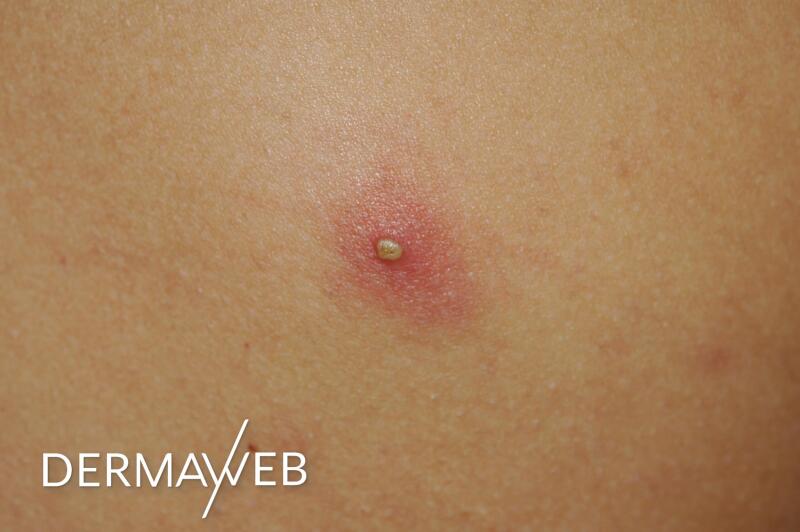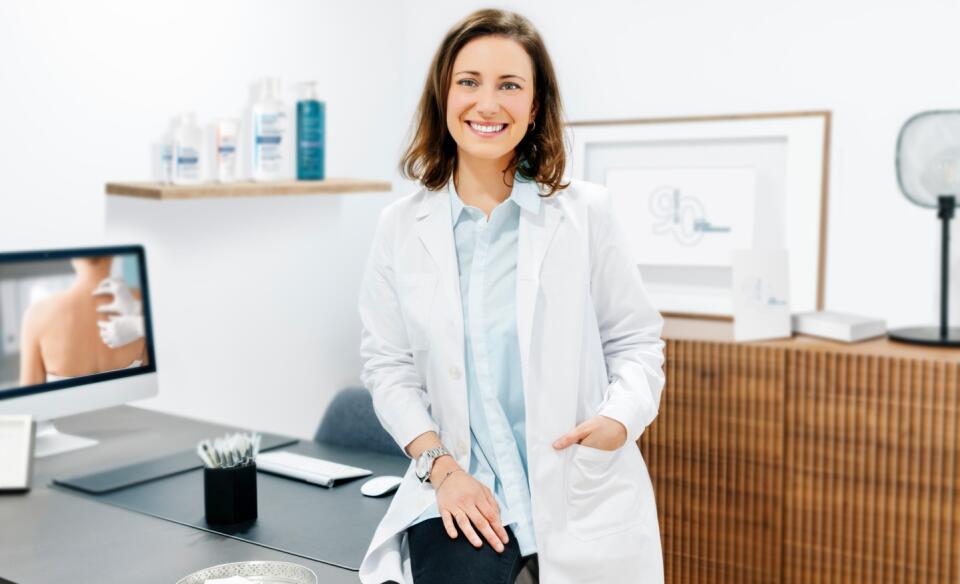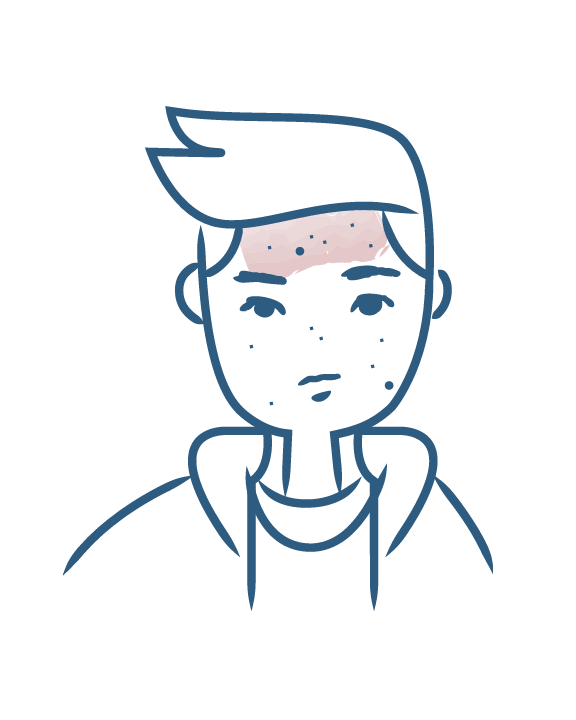-
Your concerns
Our articles to help you gain a better understanding
-
Our solutions
-
Ducray Dermatological laboratories
Our articles to help you gain a better understanding

Acne spots come in all shapes and sizes. On the same face there are acne spots of varying size, redness and degrees of infection.

Summary
Acne results from three main factors: hyperseborrhea is a hyperproduction of sebum and makes the skin oily; hyperkeratinization is the build-up of epidermal cells called keratinocytes, resulting in a thickening of the skin; inflammation is due to the build-up of bacteria known as Cutibacterium acnes. This creates an environment triply conducive to the development of the main acne symptoms.
These are the first spots to appear with acne. In such cases, we talk about retentional or comedonal acne. Acne comedones are of two types: blackheads (open comedones) and whiteheads (closed comedones). These are small spots that are unpleasant for patients who tend to touch them throughout the day.
These acne spots appear from retentional lesions or directly at the inflammatory stage. Some acne spots are papules; they are red and measure less than 5 mm. Other acne spots are pustules, which are papules that also contain a small pocket filled with pus visible on the surface as a small whitish or yellowish point. Other inflammatory spots measure more than 5 mm in diameter: these are large acne spots, also known as nodules, which are more painful and more difficult to treat.
Regardless of acne type, you must not touch acne spots, in order to avoid superinfections and scars. Following the treatment prescribed by your doctor and conducting the right daily care practices will help to get rid of acne spots, but this takes time and perseverance. Comedone treatment is based on keratolytic-active ingredients, while the treatment of large acne spots is based on anti-inflammatory active ingredients.
Oily or acne-prone skin

Oily or acne-prone skin
NEWSLETTER
Dermatological expertise
To better understand your skin and hair, discover our exclusive content and innovative care products designed to improve your quality of life..